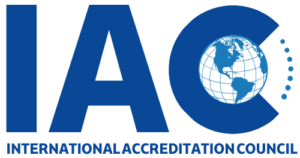ISO 45001
ISO 45001 is an international standard that specifies requirements for an Occupational Health and Safety Management System (OH&S). The full title of the standard is ISO 45001:2018, “Occupational health and safety management systems – Requirements with guidance for use.”
Key elements and requirements of ISO 45001 include:
Scope: ISO 45001 is applicable to organizations of all sizes and industries. It provides a framework for establishing and implementing an effective OH&S management system.
Context of the Organization: Organizations are required to understand the context in which they operate, including internal and external factors, and assess the needs and expectations of interested parties relevant to occupational health and safety.
Leadership and Worker Participation: Top management is expected to demonstrate leadership and commitment to the OH&S management system. Worker participation and consultation are emphasized to ensure that the voices of workers are considered in decision-making processes.
Planning: Organizations must identify and assess risks and opportunities related to occupational health and safety. This includes developing plans to address these risks and opportunities and integrating them into the overall business processes.
Support: ISO 45001 outlines requirements for providing resources, establishing competence, and ensuring awareness and communication regarding occupational health and safety within the organization.
Operation: The standard covers operational planning and control, including the establishment of documented procedures, emergency preparedness, and response.
Performance Evaluation: Organizations are required to monitor, measure, analyze, and evaluate the performance of the OH&S management system. Internal audits and management reviews are integral to this process.
Improvement: ISO 45001 emphasizes the need for continual improvement of the OH&S management system. This includes addressing nonconformities, taking corrective actions, and learning from incidents to prevent their recurrence.
ISO 45001 follows the High-Level Structure (HLS) common to other ISO management system standards, making it easier to integrate with other management systems, such as ISO 9001 (Quality Management) and ISO 14001 (Environmental Management).
Certification to ISO 45001 is not mandatory, but organizations may choose to undergo certification by accredited certification bodies to demonstrate compliance with the standard. Certification provides assurance to stakeholders, including employees, customers, and regulators, that the organization is committed to ensuring a safe and healthy workplace.
